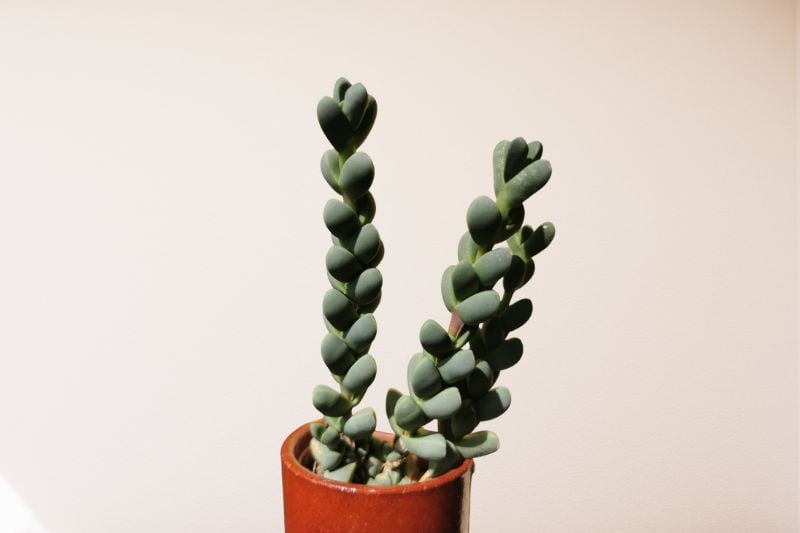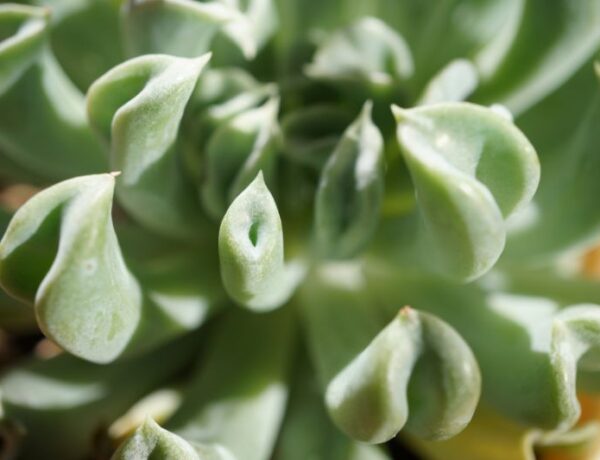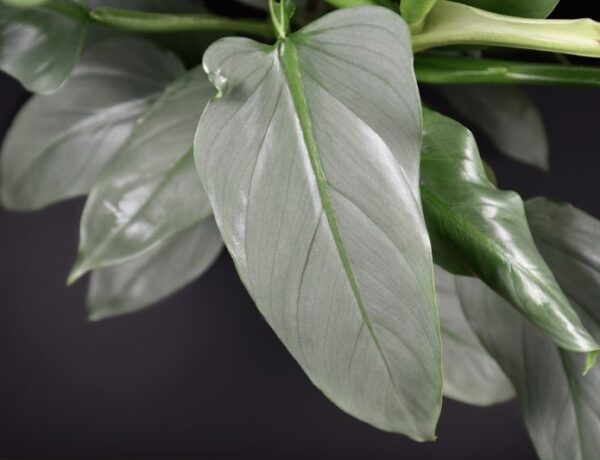Meet the Ice Plant, also known in the botanical world as Corpuscularia lehmannii. If you’re itching for a plant that stands out in both looks and ease of care, you’ve just hit the jackpot! This succulent hails from South Africa and easily amps up the style factor in any room—be it soaking up rays on your windowsill or making a statement in your outdoor garden.
But here’s the cherry on top: if your succulent game is starting to feel a bit “been there, done that,” the Ice Plant is your ticket to something new, as it offers a refreshing change from the more commonly seen succulents.
Ready to be this plant’s new bestie? This guide’s got you covered, from choosing the right soil to mastering propagation like a pro. So let’s roll up those sleeves and get to know your soon-to-be favorite plant a little better!
Table of Contents
1. General Information & Taxonomy
| Scientific name: | Corpuscularia lehmannii (syn. Delosperma lehmannii) |
| Common names: | Ice Plant, Lehmann’s Ice Plant |
| Native to: | South Africa |
| Toxicity: | Non-toxic to pets and humans |
| Mature size: | Up to 12 inches tall and wide |
| Category: | Succulent |
| Growth Rate: | Moderate |
| Dormancy period: | Winter |
| Hardiness: | Zones 9-11 |

2. Corpuscularia Lehmannii Care & Growing Requirements
» Watering
The Ice Plant is the queen of low-maintenance hydration. Wait until the soil is dry to the touch before giving it a deep soak. Overwatering can lead to root rot, so let’s keep it on the drier side, especially in winter.
» Light
If there’s one thing this plant loves, it’s basking in the sun. Aim for a spot with bright, indirect light, and it’ll be as happy as a clam. If you’re keeping it indoors, a sunny windowsill facing east or west is perfect. Outdoor plants will thrive in full sun to partial shade.
» Soil
A well-draining soil mix is the Ice Plant’s BFF. Think about using a cactus or succulent mix to keep this beauty thriving. Adding a layer of gravel or sand at the bottom of the pot helps with drainage, too.
» Temperature
Warm, but not too hot. That’s the weather vibe your Ice Plant enjoys. Ideal temperatures range from 60-80°F (15-27°C). While it can tolerate some chill, avoid frost at all costs.
» Humidity
No tropical paradise needed here. The Ice Plant prefers low to moderate humidity levels. If you’re living in a humid area, good ventilation is key to keeping it happy.
» Fertilizer
While not super picky, this plant won’t say no to a light feeding during its growing season. Use a balanced, diluted fertilizer every month or so from spring through early fall.
In winter? Give it a break; it’s nap time for your plant.
3. Corpuscularia Lehmannii flowering
When it comes to flowering, your Ice Plant has its own seasonal rhythms. You’ll usually see it burst into bloom during the late spring to early summer months. The flowers themselves are small and daisy-like, often appearing in shades of yellow.
Don’t expect flowers right away, though. Your Ice Plant typically starts its flowering journey around the age of 2 to 3 years. Just like a fine wine, it gets better with time.
To encourage your plant to produce these beautiful blooms, make sure it receives plenty of light. You can also give it a boost with a diluted, low-nitrogen fertilizer during its growing season.
4. Corpuscularia Lehmannii Maintenance and Propagation
» Repotting
Repotting your Ice Plant should be on your radar every 2-3 years, or if you notice it outgrowing its current pot. The best time is during the late winter or early spring.
Choose a pot that’s only a bit larger than the current one; you don’t want too much empty soil, which retains water and can lead to root rot.
» Pruning
While the Ice Plant is pretty low-key and doesn’t demand constant grooming, a little tidying up never hurt. You’ll find that pruning away dead foliage and faded flowers can go a long way in keeping your plant looking its best.
Grab those sharp, clean pruning shears and snip away any wilted or brown bits to maintain that neat, vibrant appearance we all love.
» Propagation
You can use stem cuttings or leaf cuttings for this process.
For stem cuttings, clip a 2-4 inch section, let it dry for a day or two to callus, and then plant it in well-draining soil.
For leaf cuttings, gently twist off a healthy leaf, let it dry, and then place it on top of soil. Give it a light misting and wait for roots to appear.
5. Common Issues with the Corpuscularia Lehmannii
So you’ve got an Ice Plant, and you’re smitten. But even the best relationships have their bumps. Here are some common issues you might encounter and how to nip them in the bud:
- Leaves Turning Yellow: Usually a sign of overwatering. Ease up on the hydration and check if drainage is optimal.
- Leaves Turning Brown: Could indicate sunburn or too little water. Assess light conditions and watering schedule.
- Drooping Leaves: If your plant looks a bit down, it might be too cold. Ensure it’s kept within the ideal temperature range.
- Shriveled Leaves: Often a sign of underwatering. Time for a thorough soak!
- Loss of Color: Lacking vibrant hues? Your plant might need more light. Consider relocating to a brighter spot.
6. Corpuscularia Lehmannii Diseases & Pests
Your C. lehmannii is generally low-maintenance, but it’s not entirely bulletproof when it comes to pests and diseases. Mealybugs are the usual suspects, appearing as tiny, cotton-like clusters. Combat them with a cotton swab dipped in alcohol, gently wiping them away to keep your plant happy and healthy.
Root rot is another potential issue, usually resulting from overwatering. If your plant starts to look soggy or discolored, consider repotting in fresh, well-draining soil and cutting back on the H2O.
Conclusion
There you have it—the full scoop on Corpuscularia Lehmannii care. Easy to look after and even easier to love, this succulent makes a beautiful addition to your indoor garden or outdoor space.
Interested in more flowering delights? Don’t miss our articles on yellow flowering houseplants and flowering succulents to further brighten up your living space. Like your Ice Plant, they bring a burst of life and color that can elevate any room or garden.






No Comments